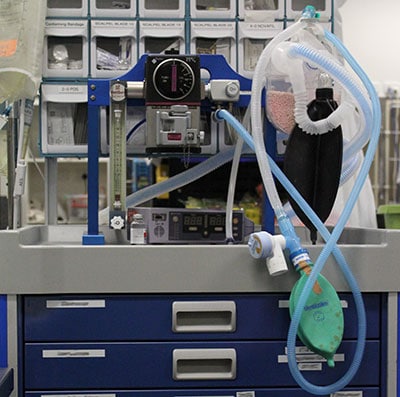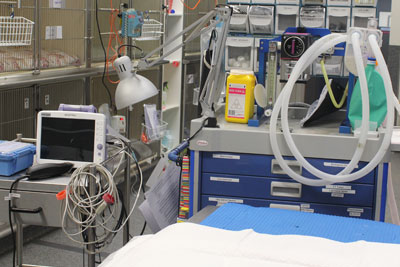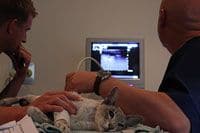What Is Pet Ventilation?
Mechanical Ventilation for critical PVE patients

What happens during ventilation?

The pet is monitored closely while being ventilated to ensure their oxygen levels and other vital signs are satisfactory. They’re medicated and fed via an IV or specially placed feeding tube, with nursing staff ensuring they are clean and comfortable throughout the process as the patient is not able to move themselves.
Once the patient’s ailment has been treated, or their lungs are proving strong enough to work on their own, the ventilation is reduced in an effort to wean them from the life support.
Illnesses requiring mechanical ventilation

Lung disease is another condition causing patients to need mechanical ventilation – examples of this can include pneumonia, severe heart failure, electrocutions and near drownings.
Can I visit my pet on the ventilator?
It is possible to visit your pet while they are on the ventilator. Discuss this with your critical care veterinarian so they can allocate a time when your pet isn’t receiving treatment or undergoing procedures. The intensive care team can be busy and you may be asked to step out during your visit but we will do everything possible to allow adequate time for you with your pet. Your pet won’t be awake during your visit and won’t respond but we feel they still find strength in loving pets and cuddles, helping them have a speedy recovery.



